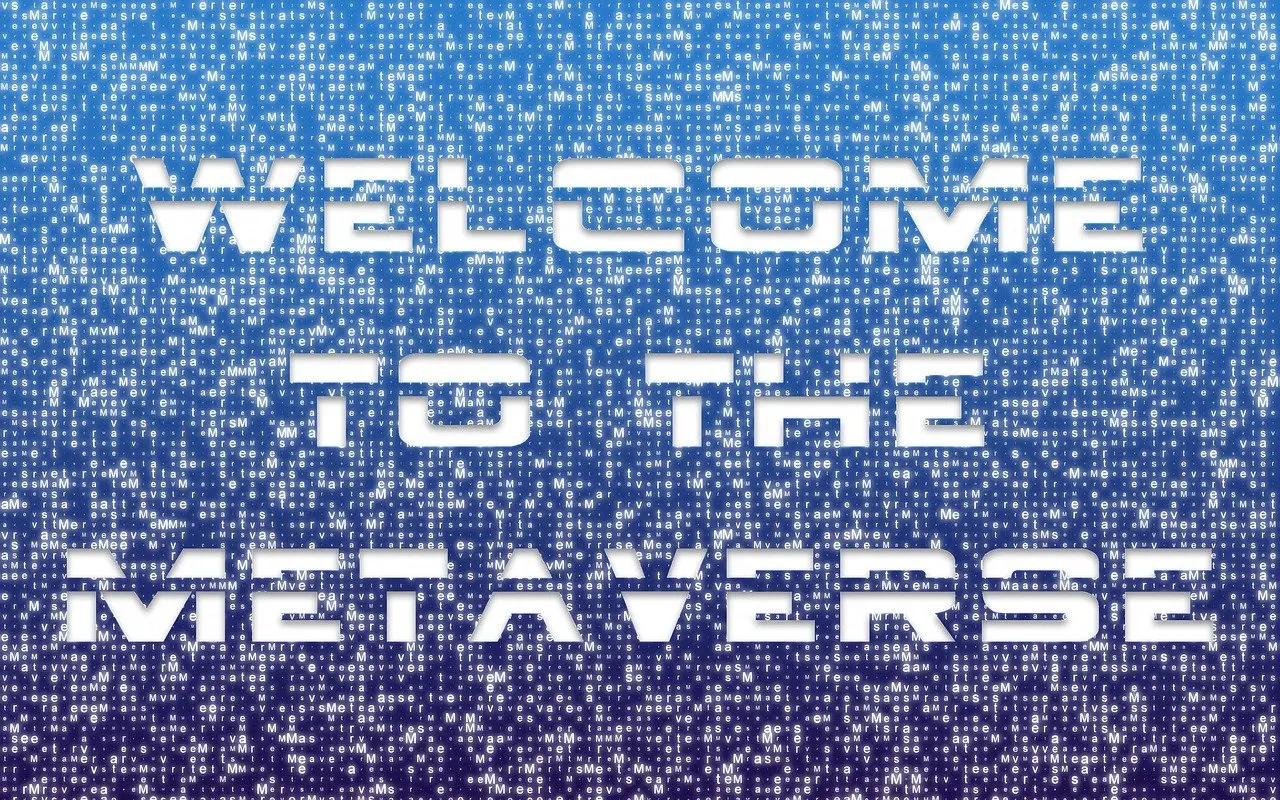The purpose of nurturing content is to build on a prospective customer’s initial interest and nudge them along in the buying process. Your intention is for the prospect to select your client’s product or service. Collectively, this process is called nurturing.
Nurturing programs generally consist of a series of content pieces sent to opt-in prospects. The nurturing content normally does not reside within the solicitation email but on the client’s website. The solicitation email includes a link to the content.
Here, we will answer a few of our most-asked questions on topics such as content structure, content length and when to make the close.
Should we deploy long or short nurturing content pieces?
While most end customers tend to immediately press for longer and deeper nurturing articles at the onset, we caution against this approach. Our experience has shown that shorter, more focused pieces are more easily digested by the reader and drive further secondary actions (e.g., reading other content or completing a registration form for an e-guide).
Remember, prospects at this stage of the purchase consideration process have only a tenuous relationship with you and tend to be closer to the beginning of the process. Use nurturing content to build the relationship and express your client’s capabilities. As your lead makes their way through each stage of the funnel, use automated marketing technology to adapt your content to their place in the buyer journey.
How long should the nurturing campaign be for my client?
Once you convince your client of the virtues of developing a relationship, it’s time to determine the optimal nurturing campaign length. Generally, the bigger the prospect’s purchase commitment, the longer the nurturing campaign needs to be for maximum effectiveness.
For example, if your client is selling toner cartridges (< $100), fewer than three sequential nurturing emails should be sufficient to achieve maximum campaign ROI.
However, if your client is selling new luxury cars, expect a 50-plus-week nurturing campaign, with the prospect receiving a nurturing email each week. Further, such a campaign would need multiple segments, requiring multiple versions of each content piece. Your B2B content may take 12 months or more to start generating bottom-of-funnel ROI.
When do you push for the sale?
Another mistake both end customers and their agencies make is pressing for the sale too early in the process. On multiple occasions, we have seen end customers push their agencies to focus on the hard sell within the first nurturing pieces. Doing so almost always ends in failure.
Don’t go for the sale until the prospect has read at least several of your content pieces. Even then, it’s better to have the “sale” be an invitation to download a gated e-guide. By taking this approach, your client’s sales team can focus on pitching and closing prospects who have received and read multiple nurturing emails and have downloaded the e-guide. If consumers aren’t opening your emails, then it might be time to reevaluate the way you’re presenting your content to visitors.

What is the best content structure?
Save the deep-dive content for use behind a gated e-guide download. Based on our experience, we have found that employing the following content structure performs best for nurturing pieces.
100–150 words for an initial hook, introduction and executive summary
The hook should be one or two sentences that quickly get the reader’s attention and draw them into the article. Based on your client’s Voice ProfileTM and audience, there is some room to err on the side of being more aggressive with the hook.
The introduction, which builds upon the hook and sets the stage for the entire article, should really focus on the problem the audience faces (at a high level) and provide the solution (again, at a high level). Some clients opt for an executive summary, which would include a bulleted list.
Given the target reader, we recommend either an executive summary or an introduction but NOT BOTH. This means the overall introduction section should be close to 100 words. Remember, the audience is time-constrained and wants to easily understand what the article is about at a high level before investing the additional time to read the rest of the piece.
200–400+ words for each key point you want to convey
If you’re shooting for a high-level piece that doesn’t go into much depth, aim for 200 words for each point you want to convey. Imagine that point is broken up into several three-to-four-sentence paragraphs. Each paragraph continues to build upon that point. At such a word length, you might expect the use of sub-headers and one sourced reference. By the very nature of the word count constraints, you shouldn’t expect to go into much more depth than a narrative.
If you’re trying to provide substance to support a key point, you need to aim for closer to 400 words. The extra space allows for a deeper drill-down. It gives room for bulleted lists, anecdotes, quotes, research statistics and more sourced references. The rationale is that you want the writer to provide more depth than what is considered an overview or general article.
100–150 words for the close and call to action
There needs to be a paragraph that summarizes the key points conveyed in the content. Expect this to be either a couple of two-to-three-sentence paragraphs or one paragraph of around three or four sentences. In addition to summarizing the key points, it needs to set up the call to action (CTA). The CTA can be one to two paragraphs in length.
If it’s one paragraph, by nature, it will be more passive. If it’s two paragraphs, it will be stronger. This is because the writer can create a quote from your client, cite an example(s) of your client’s success or refer readers to other content to learn more (like an e-guide on the website).
Listed below is an example of a content outline for a nurturing article, using the principles outlined above. Finding the most effective format for your blogs, articles and digital content can be difficult, so we hope this resource helps.
A deep-dive introduction to Google Analytics
Introduction [100 words]
Key points [Length varies]
Key point 1: Why use Google Analytics? [200 words]
– Provide user-friendly resource to determine characteristics of site visitors, most successful blog content, amount of traffic being generated.
– Why use Google Analytics over other analytics sites?
Key point 2: Understanding your analytics [200 words]
– Explain the most frequently used analytics resources (sessions versus visitors, bounce rate, etc.) before going deeper into what they mean.
– Make sense of the analytics and determine how negative numbers are directly impacting your website.
Key point 3: Making improvements based on analytics [300 words]
– Use poor bounce rate to improve content.
– Maximize the conversion rate on any landing page with a high bounce rate.
– Determine which analytics matter to you based on your site’s goals.
Key point 4: Key tips for Google Analytics [300 words]
– Set up website goals.
– Link to AdWords to track advertising.
– Establish tracking URLS.
Closing and call to action [100 words]
Nurturing campaigns give you the potential to build stronger relationships with your audience, which ultimately ends in more leads and sales. To maximize the success of your nurturing initiatives, identify the optimal content, structure and timeline for reaching your audience effectively.
Need help?
If you have a content marketing program or are planning one, download our e-book “100 Mistakes Businesses Make When Starting, Optimizing and Scaling Content Marketing Programs.”
This e-book will walk you through the mistakes of hundreds of other companies and the challenges they faced in implementing their content marketing programs. To learn more about how Tempesta Media can help you streamline your content creation process and deliver quality content at scale, contact us today.










